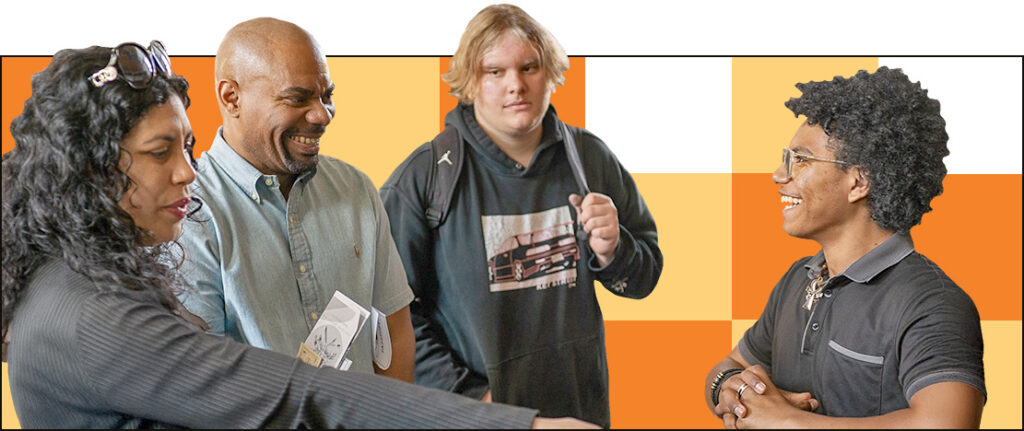- CARPE, college access, Improvement Story, M.Ed. in School Leadership Alumni Content, video



learn more about

learn more about

overview
partner with us
partner with us
events

events



learn more about

learn more about






